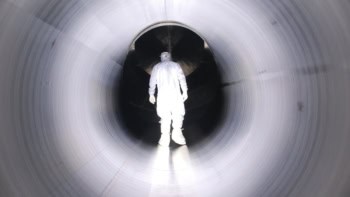Henry Kendall, who shared the Nobel Prize for Physics in 1990 for obtaining the first experimental evidence for quarks, died on Monday while scuba diving off the coast of Florida. He shared the prize with Jerome Friedman and Richard Taylor for experiments carried out at the Stanford Linear Accelerator Center in California in the late 1960s and early 1970s. Kendall was 72.
Friedman, Kendall and Taylor scattered beams of high-energy electrons from liquid hydrogen and deuterium targets. They found that electrons were more likely to be scattered at large angles than was previously thought. This work paralleled that of Ernest Rutherford, who famously scattered alpha particles from nuclei, pointing to the existence of the atomic nucleus. “Henry was an outstanding scientist and an outstanding human being who worked tirelessly for the betterment of society, ” said Friedman. “He always saw the big picture and identified the big problems. He used political and scientific activity effectively to advance such goals as arms control, nuclear safety and a better environment. He was a wonderful colleague and a wonderful friend. I will miss him terribly.” Kendall was a founding member of the Union of Concerned Scientists in 1969, and served as its chairman for the past 25 years. He was also a member of the panel that briefed President Clinton on the dangers of global warming in 1997.



